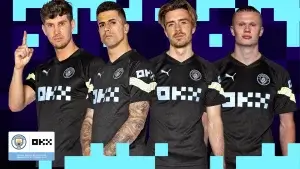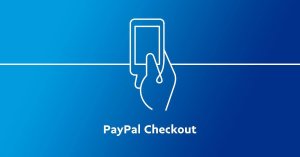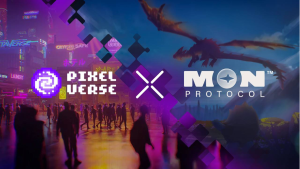How MyNFT.fyi Is Looking to Verify NFTs?
MyNFT enables users to verify ownership of PFP non-fungible tokens.

Artists are seeing their work showing up in NFTs they did not mint themselves: The Verge, March 2021
Scammers and hackers see new frontier in NFT art: WSJ, August 2021
The Dark Side Of NFT: Art & Identity Theft, Wash Trading And Environmental Damage: Inc42, September 2021
These are a few headlines on NFTs which have made people sit up and take notice in 2021.
NFTs on non-fungible tokens have exploded in 2021. A Reuters report quoted data from DappRadar data that Q3 2021 saw NFT sales surge to $10.7 billion, up more than eightfold from the previous quarter. In addition, the biggest NFT marketplace OpenSea saw sales hit $3.4 billion in August.
When there’s a market that is nascent and growing at an enviable pace, scammers and frauds are attracted like moths to a flame. And it becomes essential to deploy security measures to protect artists and genuine buyers. But, unfortunately, a considerable gap existed in the verification process for NFTs.
MyNFT is a flow-based NFT platform designed to connect and provide users with a premium NFT experience. It launched MyNFT.fyi, an easy-to-use app that verifies PFP NFTs in three simple steps.
Backed by the DeFi.Org Accelerator, the company has made it easy for users to verify their ownership and not fall prey to NFT fraud.
So why is NFT verification such a big problem suddenly?
A rapidly expanding market
One of the most popular NFTs in the markets right now is PFPs (picture for proof and profile pic). PFP NFTs or profile pic NFTs were some of the first NFTs ever made. These NFTs had a simple purpose: They are designed to be used as profile pics for social media accounts.
They have become so popular that auction house Christie’s organized a PFP NFT online-only auction sale between September 17-28. The auction was after Sotheby’s Bored Ape NFT auction sale called “Ape In” achieved a record $26.2 million on September 9. Christie’s has announced that NFT auctions have raked in over $100 million, but the September PFP sale numbers are not out yet.
PFP NFTs are unlike regular NFTs. PFP projects drop thousands of NFTs at once in an algorithmic order. The closest comparison they have to the offline world is their similarity to collectables. It means PFP NFTs can be flipped easily, and their ownership can be fluid, making verification an essential factor.
MyNFT.fyi has a simple system to verify PFP NFTs.
- Claim the page with your Twitter handle.
- Showcase your asset image with complete on-chain proof of ownership.
- Use the URL for bragging rights to your NFT profile page.
Twitter emphasizes the importance of NFT verification
The timing for this couldn’t be more perfect. Just as the team of developers at MyNFT put this thing together, Twitter has also got into the act, recognizing the importance of NFT verification.
On September 29, Twitter released a sneak peek of its Ethereum NFT verification.
A video released by Justin Taylor, head of Consumer Product Marketing, at Twitter showcased a yet-to-be-released, in-development tool to verify NFT profile pictures for Twitter users.
Mada Aflak, a senior engineer at Twitter, recorded the video that shows how users need to click on ‘Change Photo’ to upload/change their profile image.
Then, they get an option to ‘Select NFT’, which lets them connect a digital wallet from Coinbase, Metamask, or any other source. The user can then download their NFT from OpenSea and upload it as their profile image, which also comes with a blue tick, indicating that they are the actual owners of the image.
Conclusion
MyNFT’s new app has hit markets at precisely the right moment. Instead of going behind the whole NFT market, it is focusing on a rapidly growing segment that could turn out to be a mainstay of the NFT movement. DeFi.Org Accelerator said, “This team of developers is definitely in tune with the ecosystem around them.”









